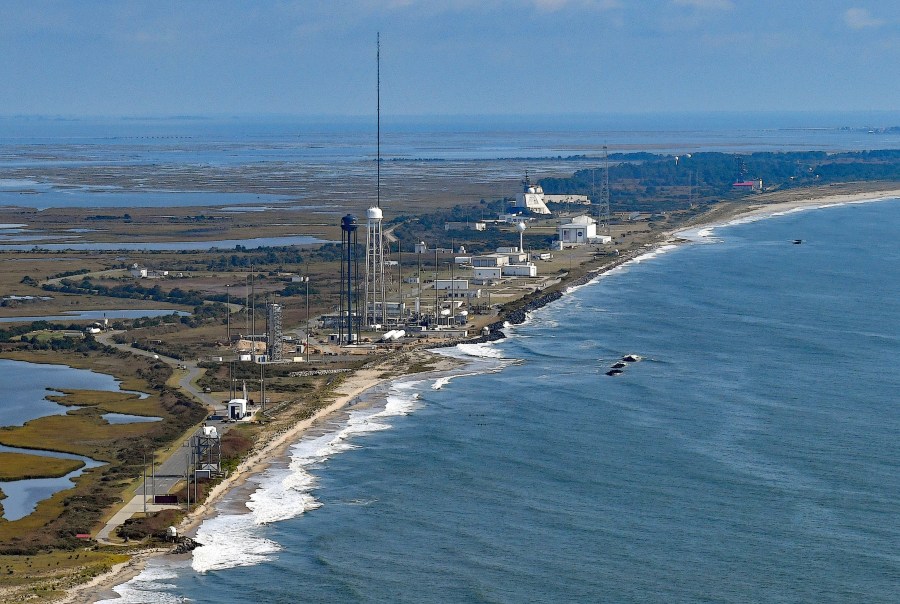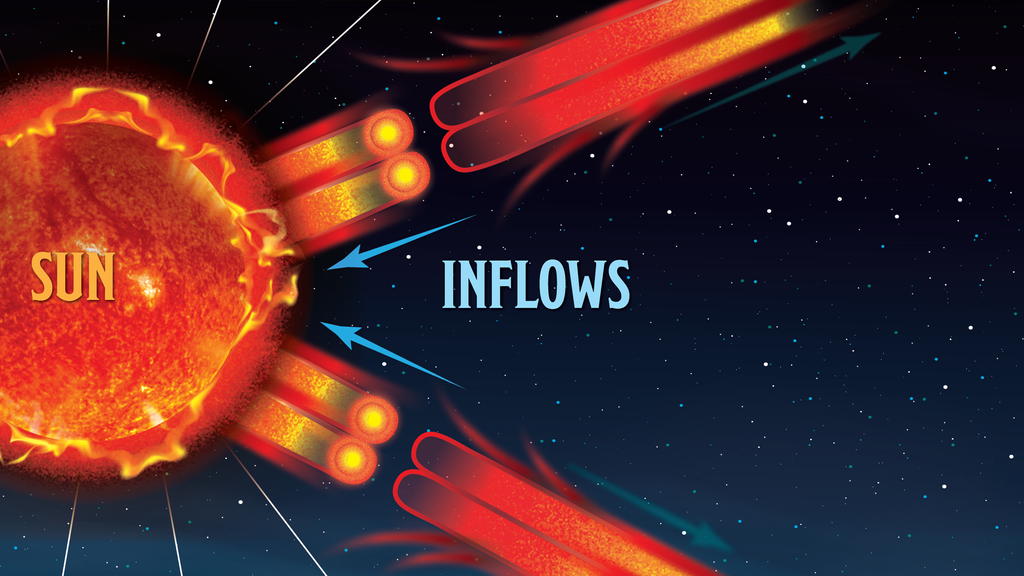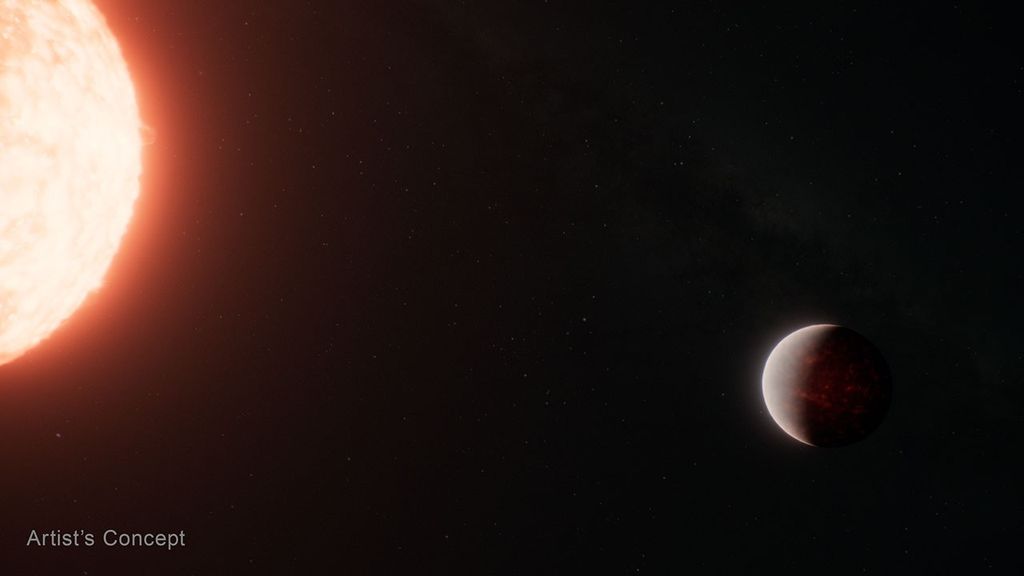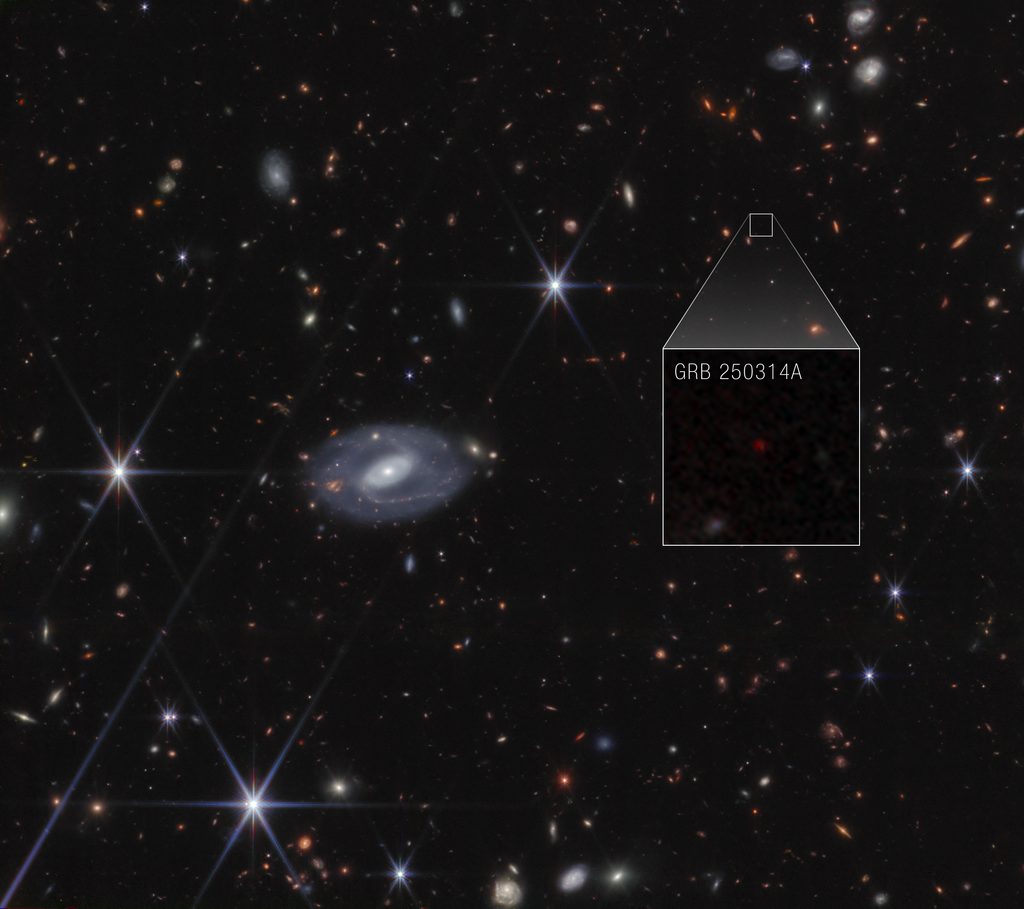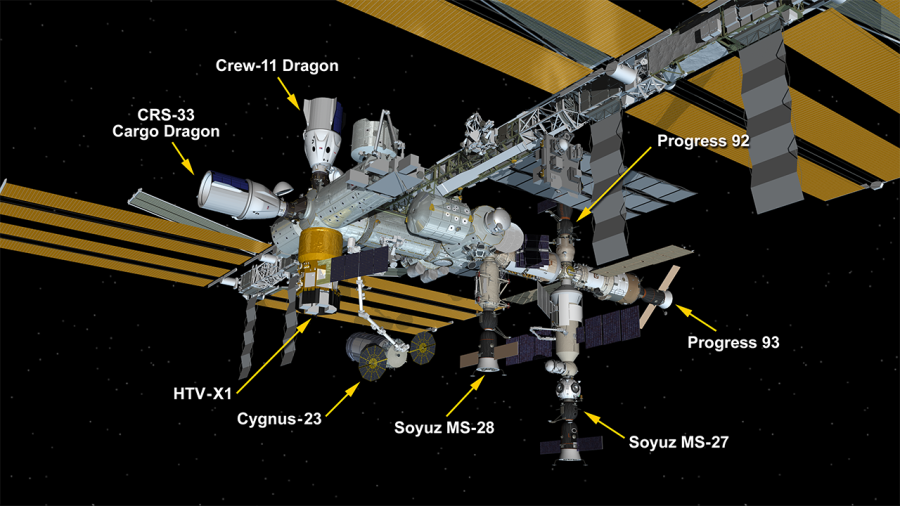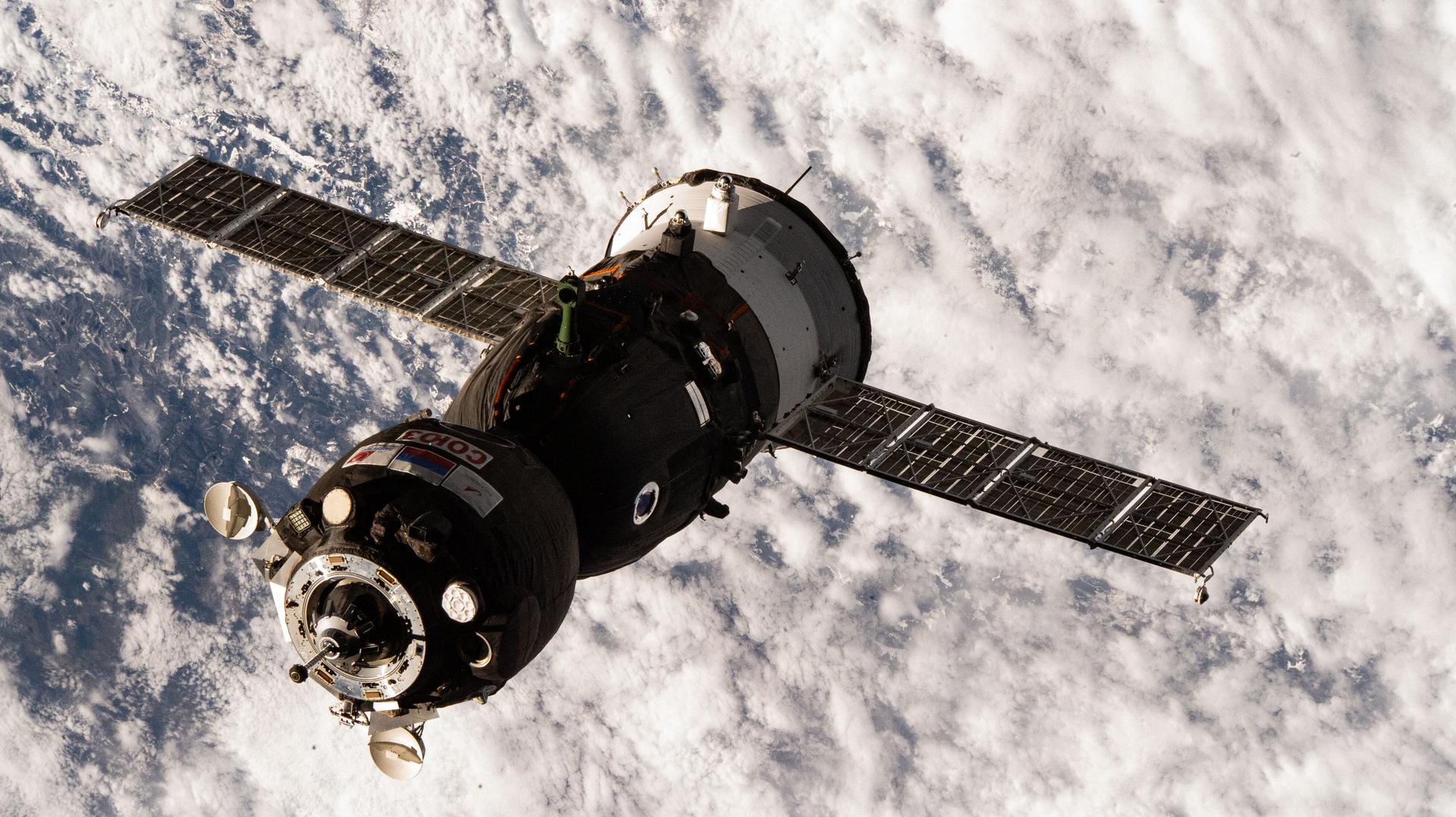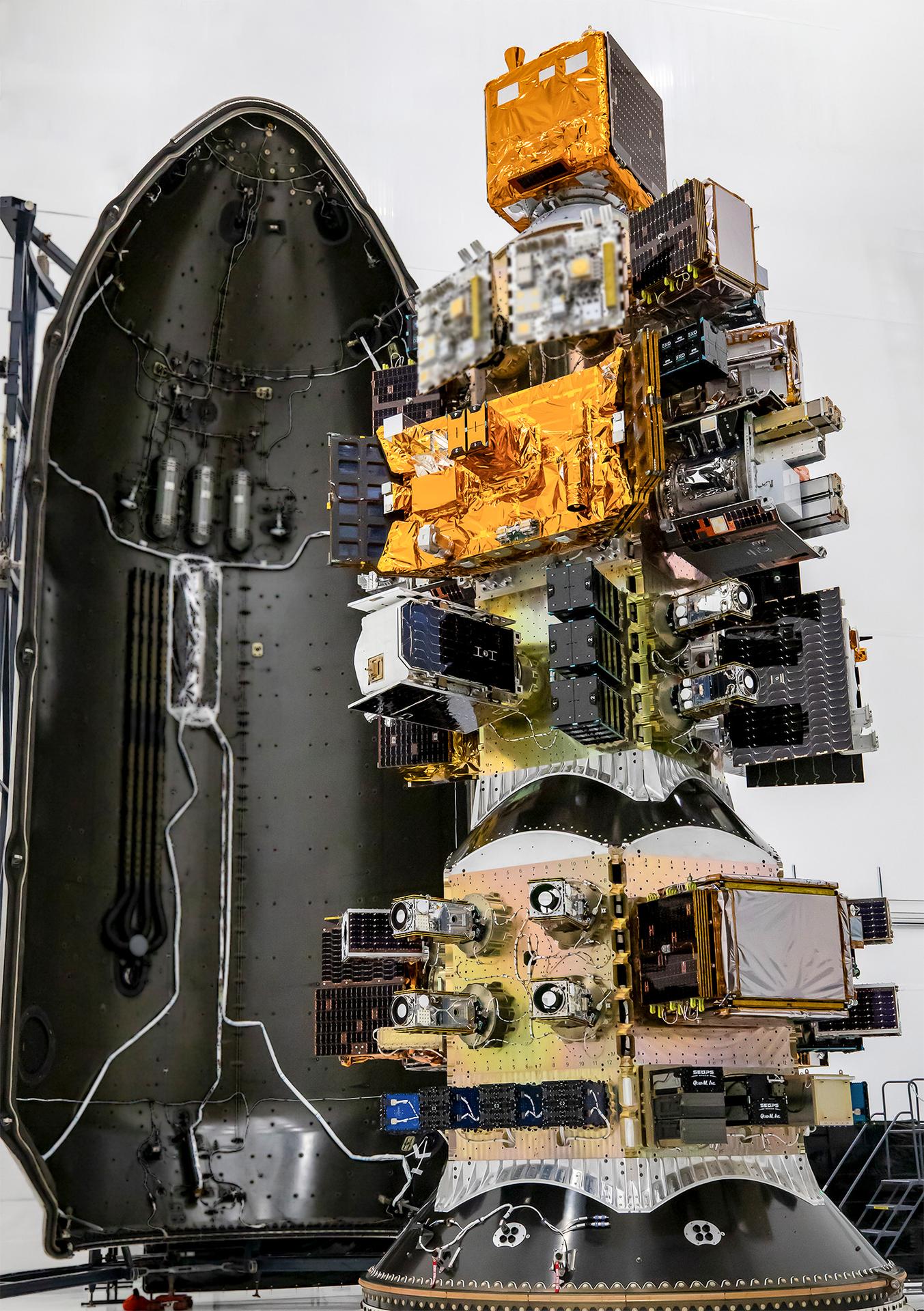NASA’s Wallops Flight Facility in Virginia is supporting sounding rocket launch operations during a window extending from Dec. 2-9, 2025. The launch window each day will be 7:45 a.m.- 12 p.m. EST. No real-time launch status updates will be available. The launch will not be livestreamed.
NASA Wallops to Support December Sounding Rocket Launch Operations
